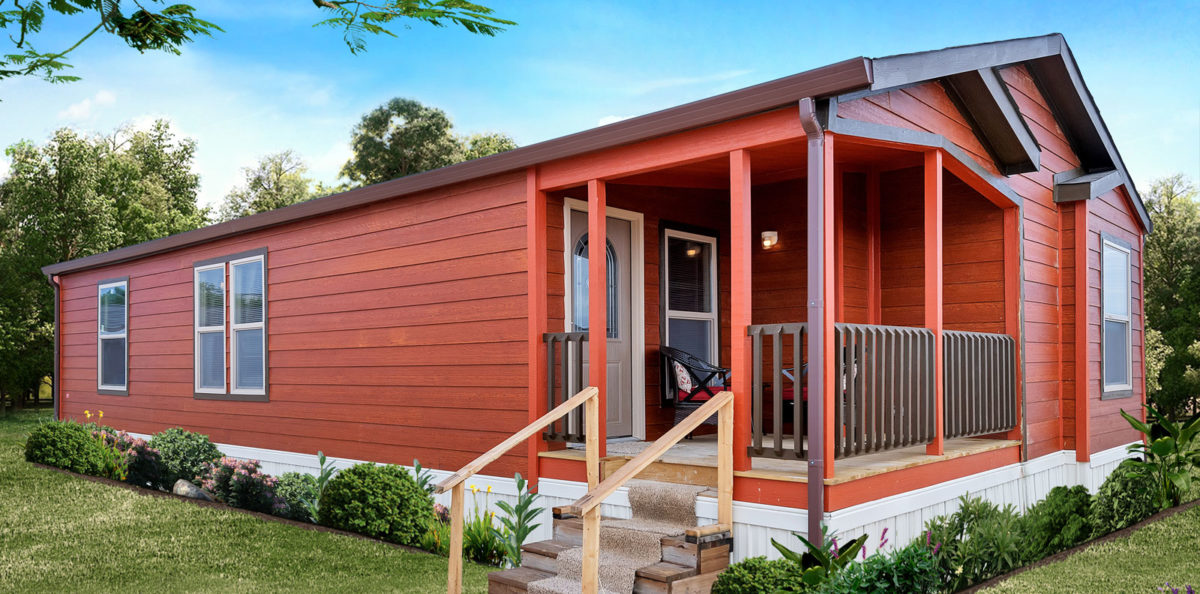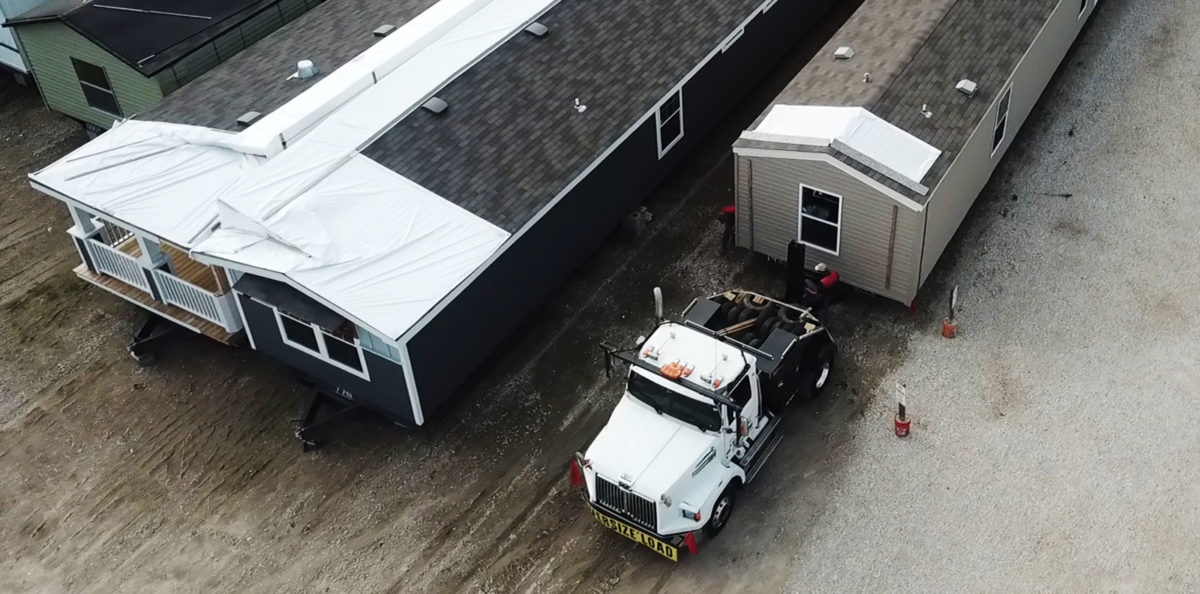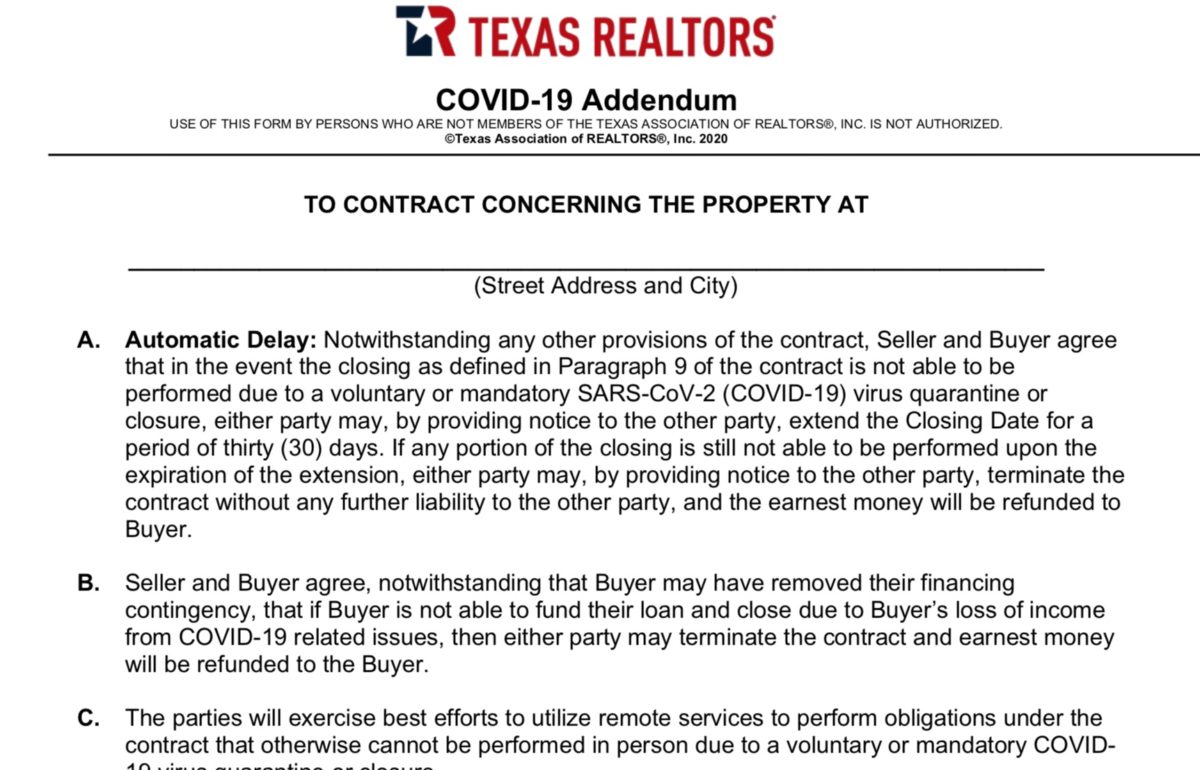I love that we live in an international city! We are exposed to all sorts of traditions and celebrations. I’m always curious and honored when invited to partake in these celebration. Here are a few that are celebrated in December. If you have one that I have missed, let me know. I’d love to learn about it.

St. Nicholas Day December 6
A popular December holiday in many European countries, St. Nicholas Day, celebrates St. Nicholas of Myra, the man whose life inspired the tradition of Santa Claus and Father Christmas. He gave all of his money to the needy and was known for his compassion for children and all those in need. The holiday honors the man on the anniversary of his death, December 6, 343 A.D.
In the European countries of Germany and Poland, boys have traditionally dressed as bishops and begged alms for the poor. In Ukraine and Poland, children wait for St. Nicholas to come and to put a present under their pillows provided that the children were good during the year. Children who behaved badly may expect to find a twig or a piece of coal under their pillows. In the Netherlands, Dutch children put out a clog filled with hay and a carrot for Saint Nicholas’ horse.


Bodhi Day (Rohastu) December 8th
Bodhi Day — or Rohatsu, as it’s known in Japan — commemorates the day in 596 BC that the Buddha is said to have attained enlightenment under the Bodhi tree. According to tradition, the Buddha decided to sit under a pipul tree and meditate until he could discover the root of suffering, and how to liberate oneself from it.
It is celebrated by Buddhists all around the world. Some choose to celebrate the day by performing acts of kindness towards others, partaking in meditation, or chanting traditional Buddhist verses.
Buddhist homes, often have a fiscus tree displayed. On Bodhi Day, these trees are usually decorated with multi-colored lights, strung with beads to symbolize the way all things are united, and hung with three shiny ornaments to represent the Three Jewels – The Buddha, the Dharma, and the Sangha. A meal of rice and milk is also significant on this holiday, as according to Buddhist legend, this is what was offered to the Buddha upon his awakening under the Bodhi tree. Children often participate in baking heart-shaped cookies, modeled after the shape of the leaves of the Bodhi-tree.
St. Lucia Day December 13
To honor this third-century saint on December 13, many girls in Sweden dress up as “Lucia brides” in long white gowns with red sashes, and a wreath of burning candles on their heads. They wake up their families by singing songs and bringing them coffee and twisted saffron buns called “Lucia cats.”



Las Posadas December 16-24
Las Posadas is a nine-day celebration which originated in Spain, but is now mostly celebrated in Mexico, Guatemala, and in the Philippines. It begins on December 16th and ends on the night of December 24.
Las Posadas derives from the Spanish word posada (lodging, or accommodation) which, in this case refers to the inn from the Nativity story. It uses the plural form as the celebration lasts for a nine-day interval (called the novena), which represents the nine-month pregnancy of Mary.
The nine-day celebration often includes candle-lit processions re-enacting journey through Bethlehem. They then travel from house to house, re-enacting the journey of Mary and Joseph, until they reach a designated house where the celebration is being held that year. The celebrations of Las Posadas wrap up on Christmas Eve with a large feast where a fruit punch is typically served (ponche navideno)


Hanukkah Dates vary
Hanukkah (or Chanukah), also known as the Festival of Lights, is an eight-day Jewish holiday which celebrates the triumph of light over darkness. Hanukkah is observed for eight nights and days, starting on the 25th day of Kislev according to the Hebrew calendar. On the Gregorian calendar, the eight days/nights fall on varying dates in between late November to late December.
For each night of Hanukkah, one additional candle is lit, ending off with eight on the final night. The typical menorah/hanukiah consists of eight branches with an additional distinct branch in the middle. The extra light is called a shamash and is given a distinct location, usually above, or below the other eight. The purpose of the shamash is to have a light available for practical use, since it is forbidden to use the Hanukkah lights themselves for purposes other than publicizing and meditating upon Hanukkah.
It isn’t a holiday without food! Here are some traditional Hanukkah recipes
Soyal December 21-29
Soyal is the winter solstice celebration of the Hopi and Zuni Native American peoples. Participants for 9 days ceremonially bring the sun back from its long slumber, mark the beginning of another cycle of the Wheel of the Year.
According to tradition, the kachinas (the spirits that guard over the people) come down from the mountains at the winter solstice. They remain with the people until the summer solstice. The Katsinam, which represent various beings, from animals to clouds, are messengers who send prayers for rain, bountiful harvests and a prosperous, healthy life for humankind.
During Soyal, sacred rituals are performed in chambers, called kivas, and many ceremonies involving dancing and singing take place. During Soyal, stories are passed down from the elders to children in which they are taught important lessons.
The Hopi believe that everything that will occur during the year is arranged at Soyal.
In preparation for the kachinas’ arrival, the Hopi make prayer sticks to bless and purify the community, including their homes, animals and plants.




Yalda December 21
Yalda, or Sab-e-Yalda, meaning “birth”, in Persian is an Iranian festival celebrated on the longest and darkest night of the year. It is celebrated in the night between the last day of the ninth month (Azar) and the first day of the tenth month (Dae) of the Iranian civil calendar, which corresponds to the night of December 20th or 21st each year.
Friends and family gather together to eat, drink and read poetry until late into the night. Fruits and nuts are staple items. Pomegranates and watermelons are particularly significant as the red colour symbolizes the crimson hues of dawn and the glow of life.
Food plays a central role in the present-day form of the celebrations. Here is one of my favorite recipes.
Dongzhi December 21
Dongzhi literally means “the extreme of winter” and is one of the most important festivals celebrated by Chinese and other East Asian cultures during the winter solstice.
The origins of this festival can be traced back to the yin and yang philosophy of balance and harmony in the cosmos. After this celebration, there will be days with longer daylight hours and therefore an increase in positive energy flowing in.
Traditionally, the Dongzhi Festival is also a time for the family to get together. One activity that occurs during these get-togethers (especially in the southern parts of China) is the making and eating of rice balls, which symbolize reunion. Other dishes include dumplings, mutton soup, rice cake and red bean sticky rice.
In Taiwan, many people take invigorating tonic foods during this particular winter festival. To the Taiwanese, winter is a time when most physical activities should be limited and you should eat well to nourish your body.




Kwanzaa Decemer 26-January 1st
Kwanzaa is a week-long African American and Pan-African holiday which celebrates family, community and culture. Celebrated December 26 to January 1st every year, its origins are in the first harvest celebrations of Africa from which it takes its name. It is based on seven core principles based on African Heritage. The holiday was created by Maulana Karenga, and was first celebrated in 1966–1967.
Kwanzaa builds on the five fundamental activities of Continental African “first fruit” celebrations: in-gathering, reverence, commemoration, recommitment, and celebration.
Gifts are given mainly to children, and usually include a book and a heritage symbol. The book is to emphasize the African value and tradition of learning. The colors of Kwanzaa are black, red and green and are often utilized in decorations for Kwanzaa. Decorations include symbolic items such as: Mazao, the crops (fruits, nuts, and vegetables), Mkeka: Place Mat, Vibunzi: Ear of Corn, Mishumaa Saba: The Seven Candles, Kinara: The Candleholder, Kikombe Cha Umoja: The Unity Cup, and Zawadi: Gifts
Christmas December 25
In the Christian faith, Christmas is the historical celebration of the birth of Jesus Christ. Whether celebrated for this religious reason or solely as a cultural celebration, Christmas traditions vary around the world. While Americans celebrate with Christmas trees and visits from Santa Claus, In Australia they might decorate a “Christmas Bush,” a native Australian tree with small green leaves and flowers that turn red during the summer.
In England, Christmas traditions are similar to those in the United States, but instead of leaving milk and cookies for Santa Claus, children leave mince pies and brandy for Father Christmas. In Iceland, capital city Reykjavik turns into a winter wonderland with its Christmas market and for the children, there is not one but thirteen Santas, known as Yule Lads. One arrives each night in the thirteen days before Christmas, leaving small gifts in shoes left in window sills.



Boxing Day December 26
Boxing Day takes place on December 26. Only celebrated in a few countries, the holiday originated in the United Kingdom during the Middle Ages. It was the day when the alms box, collection boxes for the poor often kept in churches, were opened and their content distributed, a tradition that still happens in some areas. It was also the day servants were traditionally given the day off to celebrate Christmas with their families.
Boxing Day has now become a public holiday in the United Kingdom, Canada, Australia, and New Zealand, among other countries. In England, soccer matches and horse races often take place on Boxing Day. The Irish refer to the holiday as St. Stephen’s Day, and they have their own tradition called hunting the wren, in which boys fasten a fake wren to a pole and parade it through town. The Bahamas celebrate Boxing Day with a street parade and festival called Junkanoo.


Ōmisoka December 31
Ōmisoka, New Year’s Eve, is considered the second-most important day in Japanese tradition as it is the final day of the old year and the eve of New Year’s Day, the most important day of the year. Families gather on Ōmisoka for one last time in the old year to have a bowl of toshikoshi-soba or toshikoshi-udon, a tradition based on eating the long noodles to cross over from one year to the next.
At midnight, many visit shrines or temples for Hatsumōde. Shinto shrines prepare amazake to pass out to crowds and most Buddhist temples have large cast bells that are struck once for each of the 108 earthly desires believed to cause human suffering.

New Year December 31
In many places people stay up late to see the old year out and the new year in. Almost everywhere in the world fireworks are set off, church bells ring, horns toot, whistles blow, sirens shriek. It’s a time to bring in the new year.
In Ecuador, families dress a straw man in old clothes on December 31. The straw man represents the old year. The family members make a will for the straw man that lists all of their faults. At midnight, they burn the straw man, in hopes that their faults will disappear with him.
Those in Hong Kong pray to the gods and ghosts of their ancestors, asking that they will fulfill wishes for the next year. Priests read aloud the names of every living person at the celebration and attach a list of the names to a paper horse and set it on fire. The smoke carries the names up to the gods and the living will be remembered.
Three Kings Day January 3
Although this holiday is not in December, it’s part of the December holidays. At the end of the Twelve Days of Christmas comes a day called the Epiphany, or Three Kings Day. This holiday is celebrated as the day the three wise men first saw baby Jesus and brought him gifts. On this day in Spain and Mexico, many children get their Christmas presents. In Puerto Rico, before children go to sleep on January 5, they leave a box with hay under their beds so the kings will leave good presents. In France, a delicious King cake is baked. Bakers will hide a coin, jewel, or little toy inside.


Do you celebrate a holiday I have not listed? Let me know, I would love to share.
Download your free home buyer's guide now
Sources:
https://en.wikipedia.org/wiki/Bodhi_Day
https://en.wikipedia.org/wiki/Las_Posadas
https://www.wintranslation.com/decemberholidays/
https://en.wikipedia.org/wiki/Hanukkah
https://en.wikipedia.org/wiki/Soyal
https://www.wilderutopia.com/traditions/soyal-ceremony-hopi-kachinas-dance-at-winter-solstice/
https://en.wikipedia.org/wiki/Yaldā_Night
https://en.wikipedia.org/wiki/Dongzhi_Festival
https://www.history.com/topics/holidays/kwanzaa-history
https://worldstrides.com/blog/2015/12/december-holidays-around-the-world/
https://www.nippon.com/en/nipponblog/m00060/
https://www.learningliftoff.com/9-winter-holidays-around-the-world/
https://en.wikipedia.org/wiki/Saint_Nicholas_Day


























